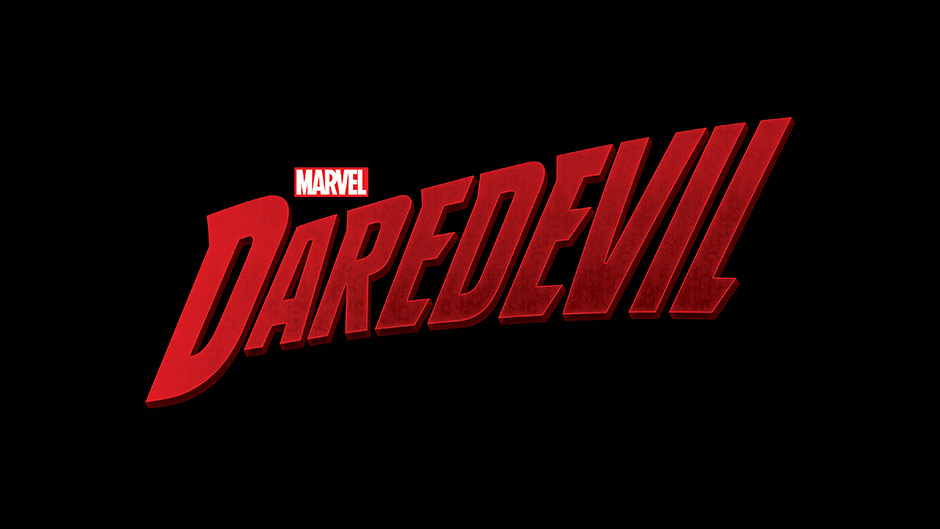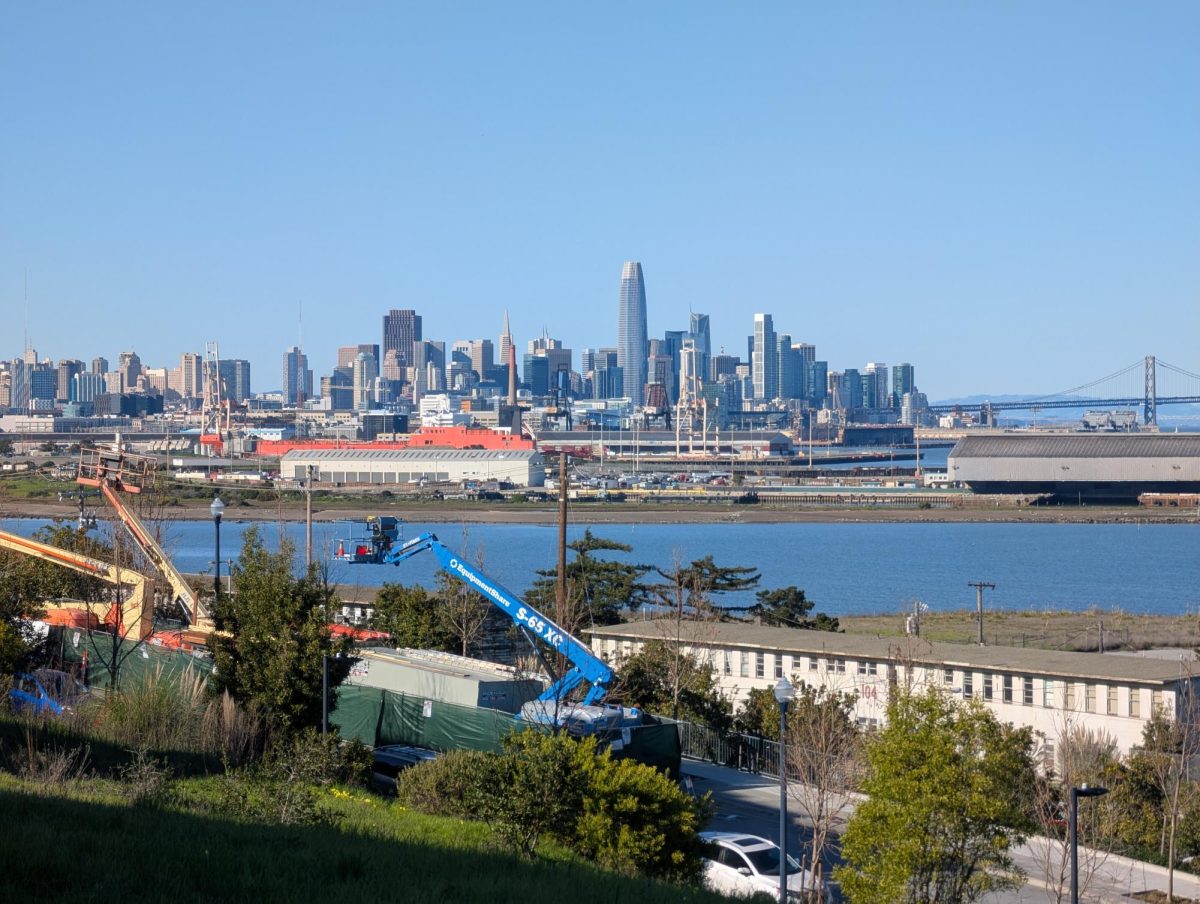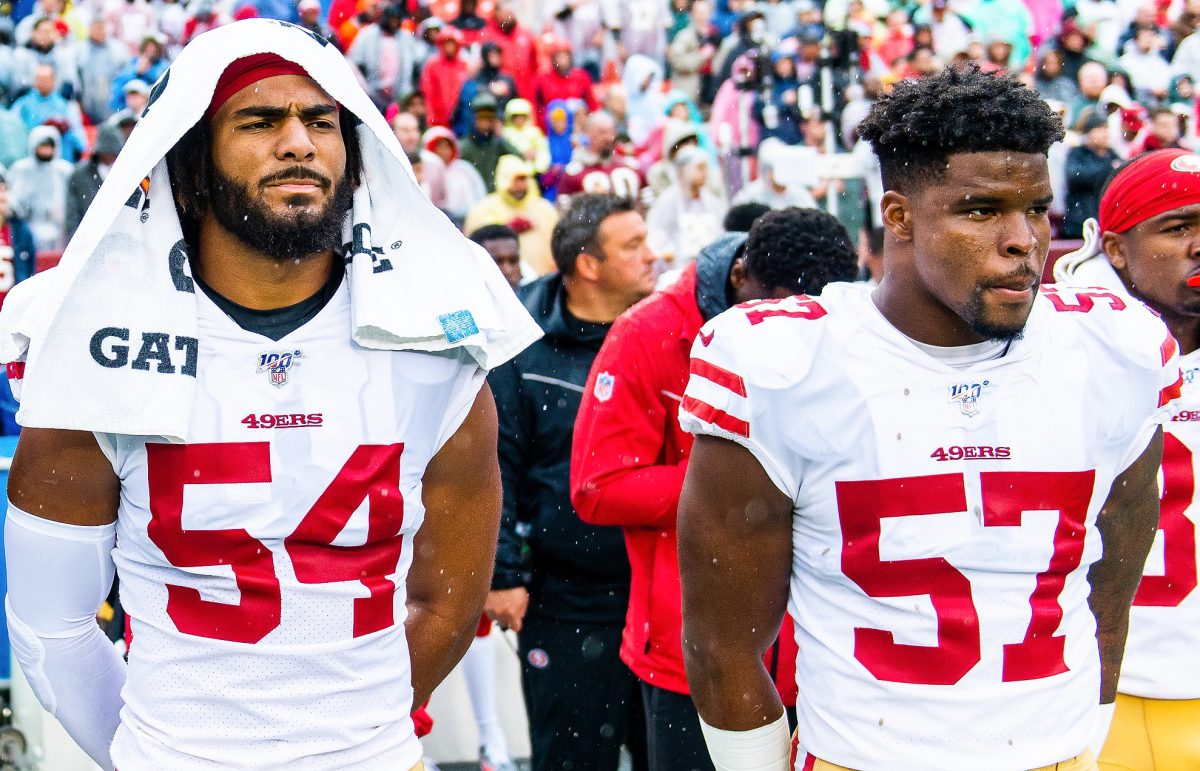Season three of Marvel’s Daredevil dropped Friday, Oct. 19, on Netflix following the announcement of Iron Fist and Luke Cage’s cancellation. Daredevil’s third season takes place after the first season of Defenders, where Matt Murdock, portrayed by Charlie Cox, sacrificed himself to save the super team composed of Daredevil, Luke Cage, Iron Fist and Jessica Jones.
Daredevil had some high points. If you have not seen Daredevil season three, now is the time to look away as some spoilers will be discussed.
After waking up in a Catholic infirmary, Murdock deals with an identity crisis and questions his belief system as he struggles with losing his hearing in one ear. He blames himself for his father’s, Stick’s and Elektra’s death. Vincent D’Onofrio reprised his role as the notorious Kingpin Wilson Fisk, whom Murdock has imaginary conversations with about the potential of losing Karen and Foggy to his vigilante justice.
This season has organized crime, choreographed fight scenes, religious epiphanies and a couple of Daredevil baddies. We got a strange origin story of Bullseye where Fisk watches a black and white flashback of a young Bullseye having issues pointing to psychopathic behavior. A similar style of storytelling was used to articulate Murdock’s struggle when he was having conversations with his imaginary father and the Kingpin. These were some of the high points in season three, but it definitely had some issues that were hard to get pass.
There is an underlying tone of underrepresentation and racial violence. In episode four, around the 10 minute mark, Karen Page, played by Deborah Ann Woll, attempted to intimidate a couple of young black men who were catcalling some girls on the street. Page walked up and pulled a gun on them. There were similar racial violence incidents throughout the season. There was a flashback showing Murdock’s father beating a black boxer, Bullseye arresting a black crime boss and beating him during an arrest, and Bullseye murdering a Jewish woman to obtain the painting “Rabbit in a snowstorm” to get close to Fisk.
These were without reason and never explained. Sure, the creators could have left some ambiguity to let the viewers infer what happened or why, but this begs the question: What were the creators trying to show and what were their motivations behind the senseless inclusion of the brutality against minorities in the show?
An overall issue throughout the season is the lack of diversity within the main cast and the seemingly unexplainable images of minorities being the target of violence by the white characters. The entire main cast is predominantly white: Cox, Ann Woll, D’Onofrio, Elden Hensen, Wilson Bethel. Agent Nadeem, played by Jay Ali, was a great addition and a sight for sore eyes of an otherwise majority white cast. We got to follow Nadeem and watch his development from the beginning of season three, but he was ultimately killed off by Bullseye.
Daredevil attempts to echo society by portraying government corruption and how law and order is undermined by the Kingpin. This season also touched on adding a Donald Trump Style slant to Kingpin’s methodology into discrediting the news media and criminalizing Daredevil.
Given that Netflix cancelled Marvel’s Iron Fist and Luke Cage, this recycled plot line leaves a lot to be desired. Netflix’s Marvel series, like Murdoch, has an identity crisis. Give us something fresh, Netflix.
In previous Daredevil seasons, actress Rosario Dawson played a key character who connected Iron Fist, Luke Cage and Jessica Jones in what was then the Defenders. Dawson was absent from this season, leaving the cast even more one dimensional in terms of racial representation. The unexplained violence portrayed against people of color in Daredevil’s season three didn’t contribute to the show and begs the question as to what the purpose was for portraying people of color in the way Netflix did. Detective Mahoney and the District Attorney Blake Tower made late entrances in the season and were excellent additions to the show, but there should have been more from them.
Netflix didn’t really bring us anything new in terms of plot lines. It was a similar plot line that Netflix did for the Punisher. As for Elektra from Daredevil season two and Defenders season one, she didn’t return in season three.
Since the cancellation of Iron Fist and Luke Cage, the fate of the Defenders’ is up in the air. Netflix does not release viewership numbers for shows so there is no way to know if the viewership was the main factor in the cancellation. After watching Daredevil season three, the ending left viewers feeling like it could be the last, but teased with a nice hint for a possible return of Bullseye in a potential Daredevil season four.















Lee Jones • Jun 20, 2020 at 2:16 pm
I’m glad there was no Season Four of “Daredevil”. When it comes to race, that series has been problematic since its first one. But for me, Season Three was the worst. And there was one scene that you had failed to mention in your article. It featured Foggy Nelson’s attempt to run for District Attorney. During a meeting with the NYPD Union, he had promised to support a more militarized police force. Considering the criticism facing the police today, I found this scene problematic; along with the season’s erroneous portrayal of the NYPD being non-corrupt. This struck me as very false. And this, along with other aspects of the series, has led me to wonder about show runner Erik Olsen’s politics.
Tiago • Mar 12, 2022 at 2:20 pm
Ofcourse someone had to mention the police as being the badguys bad cops are bad not cops in general
bad cops are bad not cops in general
Grace Clyde • Jun 16, 2020 at 5:57 pm
You forgot to include the scene in which Foggy Nelson announced his run for District Attorney and attempted to win the support of the NYPD union by promising a more militant police force. It was like watching an Americanized 21st century version of Nazi Germany circa 1936.